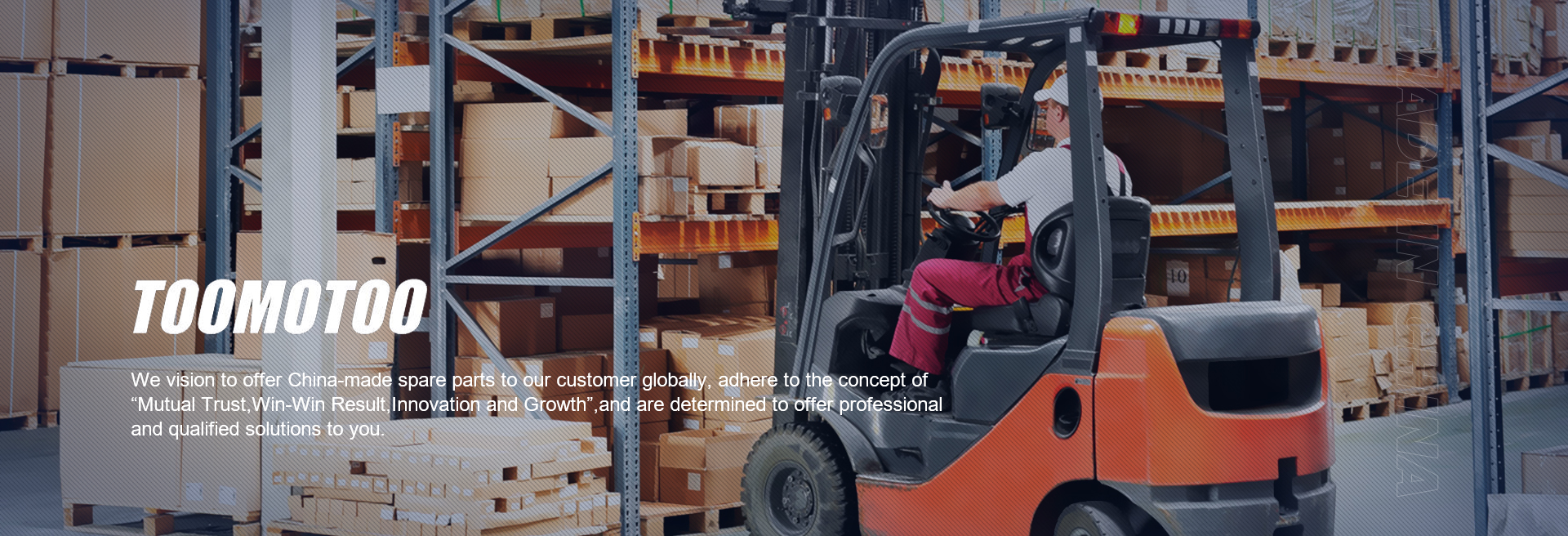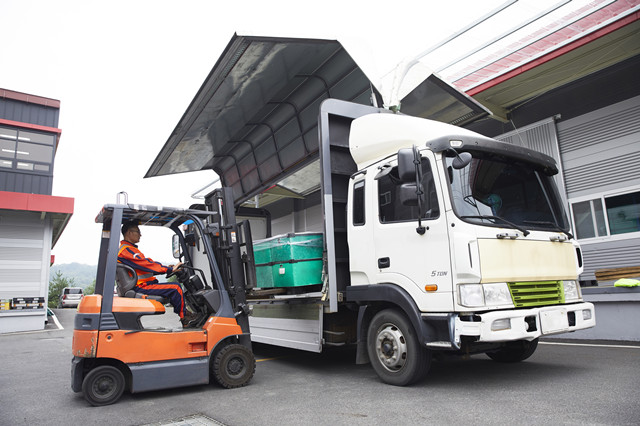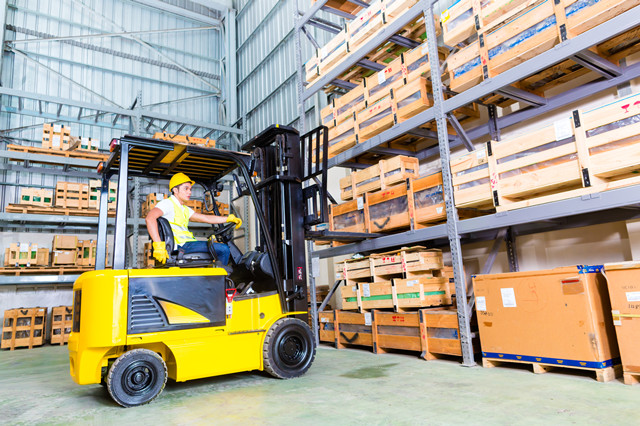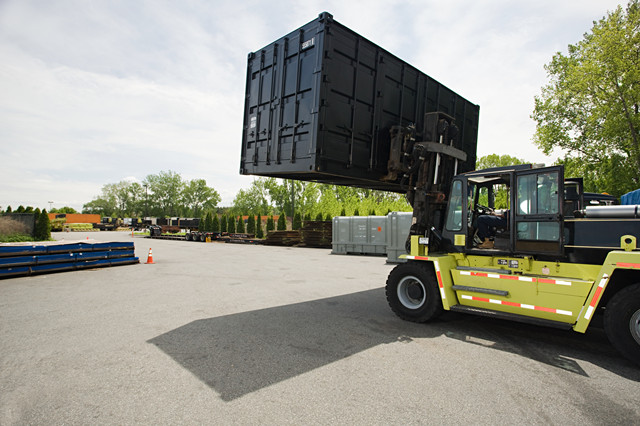
Time: 2022-11-17
Source: TOOMOTOO
Author: TOOMOTOO
Click: 528 times
As an important handling tool for modern logistics transportation, forklifts are various wheel -type transport vehicles for loading and unloading, stacking and short -range transportation, and heavy objects. It is widely used in ports, stations, airports, cargo farms, factory workshops, warehouses, circulation centers, and distribution centers. It can also enter the cabin, carriage and container for loading and unloading and handling of tray cargo.
The use of forklifts can achieve mechanization of loading and unloading and handling operations, reduce labor intensity, save a lot of labor, improve work efficiency, shorten the operation time of loading, unloading, handling, and quasi rate, promote the development of warehouses to multi -layer shelves and elevated warehouses, while reducing the damage of goods, and increasing the safety of operations.

Forklifts can usually be divided into three categories: electric forklifts, warehousing forklifts and diesel forklift.
1. Electric forklift
Taking motor as the power and battery as energy. The carrying capacity is 1.0 to 4.8 tons, and the width of the operating channel is generally 3.5 to 5.0 meters. Because there is no pollution and small noise, it is widely used in the environmental conditions that have higher environmental requirements, such as medicine, food and other industries. Because each battery is generally required for charging about 8 hours after working, the multi -class work conditions need to be equipped with a spare battery, and there should be a special charging place in the workplace.
2. Warehousing forklift
The warehousing forklift is mainly forklifts designed for cargo in the warehouse. Except for a few storage forklifts (such as manual tray forklifts), they are driven by manpower, and the others are driven by motor. They are commonly used in the warehouse industry due to their compact body, flexible mobile, and good environmental protection performance. During multi -shift operations, the storage forklift driven by the motor needs a spare battery, and there should be a special charging place in the workplace.

(1) Electric pallet handling forklift
The carrying capacity is 1.6 to 3.0 tons, the width of the operating channel is generally 2.3 to 2.8 meters, and the height of the fork increases is generally about 210mm. It is mainly used in the horizontal handling and cargo loading and unloading of the warehouse. There are generally two operation methods: walking and standing driving, which can be selected according to efficiency requirements.
(2) Electric tray stacked forklift
The carrying capacity is 1.0 to 1.6 tons, and the width of the operating channel is generally 2.3 to 2.8 meters. In terms of structure, more door frames are more structured than an electric tray to transport forklift Loading and unloading.
(3) Move forwardMode Forklift
The carrying capacity is 1.0 to 2.5 tons. The door frame can be moved forward or retracted as a whole. The width of the operating channel when it is retracted is generally 2.7 to 3.2 meters, The highest height can reach about 11 meters. It is often used in the medium height of the warehouse and picking up the goods.
(4) ElectricPickForklift
Under certain operating conditions (such as the delivery center of the supermarket), there is no need to ship the whole tray, but to choose a variety of goods based on the order to form a tray. This link is called picking. According to the height of the selection of goods, electric picking forklifts can be divided into low -level pickers (within 2.5 meters) and medium highs Picking forklift (up to 10 meters). The carrying capacity is 2.0 to 2.5 tons (low), 1.0 to 1.2 tons (medium high, with the cab with the cab).
(5) Low driving three -way stacker forklift
It is usually equipped with a three -way stack head. The forklift does not need to steering. The spinning of the cargo can achieve the stack and pickup on both sides. The width of the channel is 1.5 to 2.0 meters, and the height of the increase can reach 12 meters. The cab in forklifts cannot always be improved on the ground. Considering the restrictions on the operation field, it is mainly used to increase the working conditions of less than 6 meters.
(6) High position drive Three -way stacker forklift
Similar to the low -level driver's three -way stacking forklift, the high -level driver's three -way stacking forklift is also equipped with a three -way stacker head with a channel width of 1.5 to 2.0 meters and an increase of 14.5 meters. The cab can be improved, and the driver can clearly observe any height of goods and can be selected. High -level driving three -way stacking forklifts are better than low -level driving three -way stacker forklift in efficiency and various properties, so the model has gradually replaced Low position drive Three -way stack forklift.
(7) Electric traction vehicle
The traction vehicle is driven by a motor, and its traction capacity (3.0-25 tons) is used, and several cars loaded with cargo are pulled later. It is often used in the transportation of a large number of cargo in the workshop or between the workshop, such as the transportation of the car in the car manufacturing warehouse to the transportation of the transportation and the airport's luggage transportation.

3. Diesel forklift
diesel forklift is divided into ordinary diesel forklift, heavy forklifts, container forklifts and side diesel forklift. Generally, diesel, gasoline, liquefied petroleum gas or natural gas engines are used as power. They have a large carrying capacity. Generally, it can carry the weight of more than 5 tons. Considering the problem of tail gas emissions and noise, it is usually used for outdoor exhaust emissions and noise. Place. Due to the convenient fuel supplement, long -term continuous operations can be achieved, and they can work in harsh environments.
<< Previous page
Next page >>
LINKS:
Harber Metal